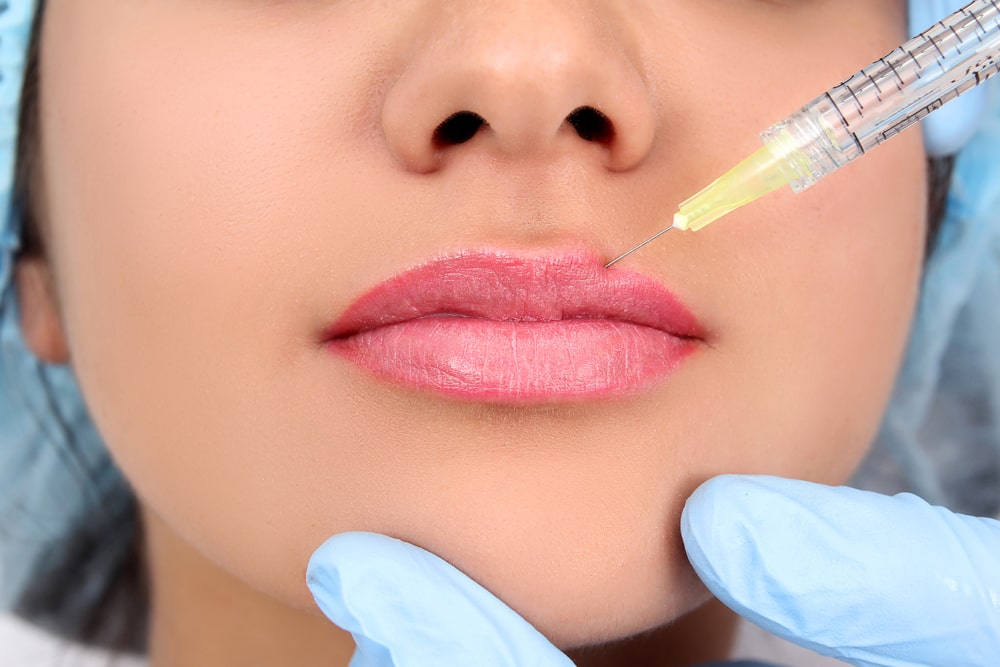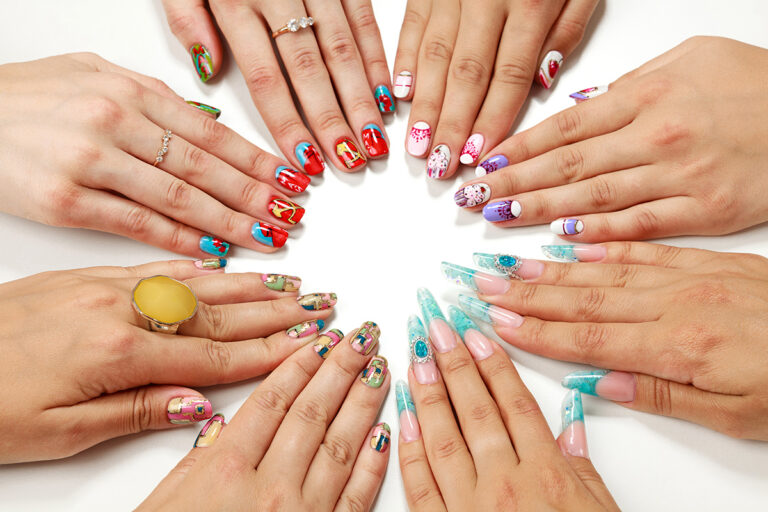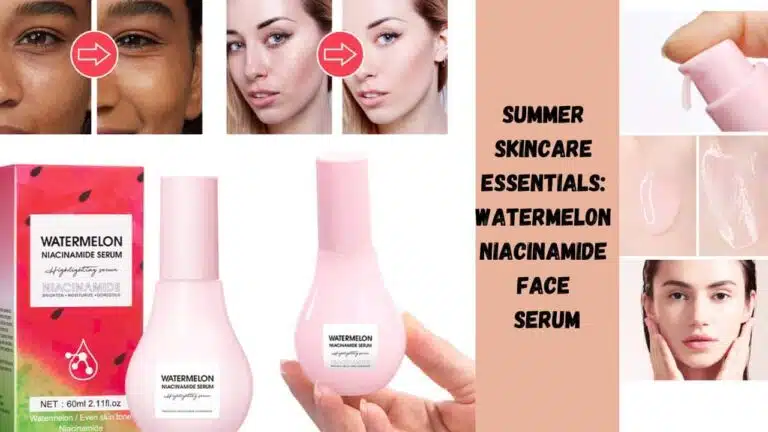Understanding the Lip Filler Swelling Stages: What to Expect
Introduction
Lip fillers have grown in popularity as a cosmetic technique for plumping up and volumizing lips, giving people a young appearance. However, it’s crucial to be aware that swelling is a typical adverse effect following lip filler swelling. Anyone thinking about getting this treatment has to be aware of the stages of swelling associated with lip fillers. In this post, we’ll examine the several phases of lip filler swelling, what to anticipate at each step, and practical ways to deal with it.
Right After Injection, lip filler Swelling
After the injection, the initial stage of lip filler swelling starts to develop. This first swelling is the body’s normal reaction to the injury the injection produced. It’s crucial to keep in mind that this swelling is very transitory and usually goes down within a few hours to a few days. Your lips may first seem bigger than you want them to be, but this is entirely natural.

1- To reduce acute swelling:
- For ten to fifteen minutes, apply a cold compress to the region being treated.
- Keep your lips free from contact and pressure.
- Keep yourself hydrated to hasten your body’s recovery.
- For at least 24 hours, abstain from intense activity.
- Phase I of Early Recovery (1-3 Days)
You will move into the early healing stage when the initial swelling starts to go down. Although some lingering swelling may still be evident, your lips will start to take on their ultimate form and size. You must strictly adhere to the post-procedure instructions given to you by your injector throughout this time.
2- Managing Early Recovery Swelling Advice:
- Continue using cold compresses as necessary.
- Maintain Good Hydration to Aid the Healing Process.
- Avoid Blood-Thinning Drugs and Alcohol as They May Lengthen Swelling.
- When cleansing and applying products to your lips, use caution.
- (1-2 Weeks) Subacute Swelling
Typically, the subacute swelling phase appears one to two weeks after receiving lip filler therapy. You can notice slight changes in the look of your lip during this time as the swelling progressively goes down. Any early asymmetry in your lips should gradually disappear, and they should start to seem more natural.
3- To treat subacute swelling:
- Observe your post-procedure instructions as usual.
- Avoid using too much heat, such as in saunas or hot showers.
- Be patient and give your lips time to completely settle.
You’ll probably see the full effect of your lip fillers two to four weeks after treatment. Your lips should now seem full, symmetrical, and natural, and any remaining swelling should have entirely subsided. It’s important to keep in mind that the result might change based on the filler used and other specific conditions.
4- Maintaining your outcomes:
It’s critical to preserve your results for as long as you can after receiving your desired lip augmentation. Lip fillers are not permanent, and the type of filler used will affect how long they last. Lip fillers typically last between six months and two years.
- As directed, follow up with your injector.
- If any retouching is required, take it into account.
- To prevent sunburn on your lips, use lip balm with sunscreen.
Conclusion
Understanding the stages of lip filler swelling is essential for anyone considering or undergoing this popular cosmetic procedure The swelling will go away with time and is a normal component of the healing process. You may get the full, natural-looking lips you want by being patient and carefully adhering to aftercare guidelines. For a safe and satisfactory lip filler procedure, consult with a trained injector.
FAQS
1. How long does swelling from lip fillers last?
Depending on the person and the filler used, swelling from lip fillers can persist anywhere from a few days to a few weeks. While lasting swelling may last for a week or two, immediate post-injection edema often goes away within hours to a few days.
2. Is it possible to lessen the swelling caused by lip fillers?
Yes, there are a number of treatments to reduce swelling caused by lip fillers:
To the region being treated, use a cold compress.
To aid in your body’s recovery, stay hydrated.
Avoid using blood thinners and alcohol together.
Pay attention to your injector’s post-procedure instructions.
For at least 24 hours following the surgery, refrain from intense exercise.
3. Is it common for lips to seem uneven when they swell up?
Yes, it is common for lips to seem uneven right away after the treatment and for the first few days after the edema has subsided. Your lips should become more symmetrical as the swelling goes down. Speak with your injector if you are worried about asymmetry.
4. When should I expect to see my lip fillers’ finished product?
Typically, two to four weeks following treatment, when all swelling has subsided, the ultimate effect of lip fillers becomes apparent. But depending on the person and the filler used, it may differ.
5. Is it possible to shorten the recovery time and lessen swelling?
The healing process mostly depends on your body’s natural response, despite the fact that you can take actions to reduce swelling. Be patient and let your lips recover on their own. Do not overwork yourself, expose the treated area to high temperatures, or manipulate it excessively.
6. What if I’m dissatisfied with the lip fillers’ results?
It’s crucial to express your concerns to your injector if you’re not happy with how your lip fillers turned out. To help you attain your ideal look, they could suggest alterations or further procedures.
7. How long do lip fillers usually stay in place?
Depending on the filler used, lip fillers have varying life spans. Lip fillers typically have a lifespan of six months to two years. The type of filler, individual metabolism, and lifestyle factors are a few variables that determine lifespan.
8. Does swelling from lip fillers carry any risks?
Even while swelling is a typical side effect, it usually only lasts a short time and poses little danger. It’s crucial to speak with your injector or healthcare professional right away if you have intense or protracted pain, swelling, or other unexpected symptoms.
9. Can I have lip fillers if I have a history of allergies or skin sensitivity?
Any allergies or skin sensitivities must be disclosed to your injector at the time of your appointment. They can propose acceptable filler choices and take preventative measures to reduce the possibility of negative responses.
10. Are lip fillers safe, and who should carry out the procedure?
When used by trained and experienced medical practitioners, lip fillers are often regarded as safe. To reduce the dangers involved with the operation, make sure you select a licensed injector that specializes in dermal fillers and adheres to stringent safety guidelines.







2 Comments